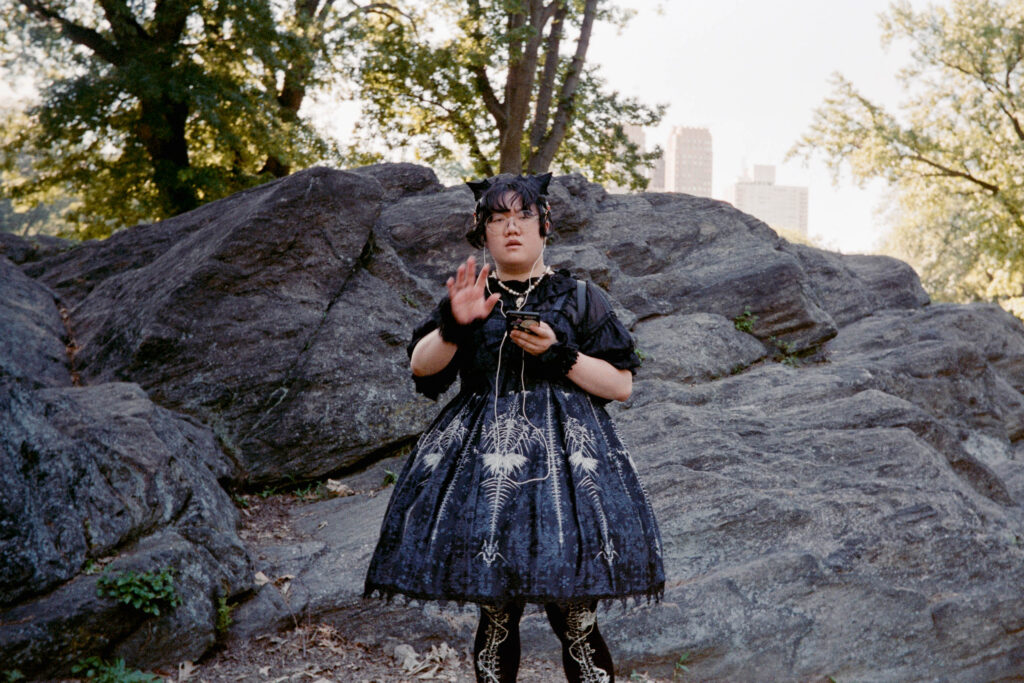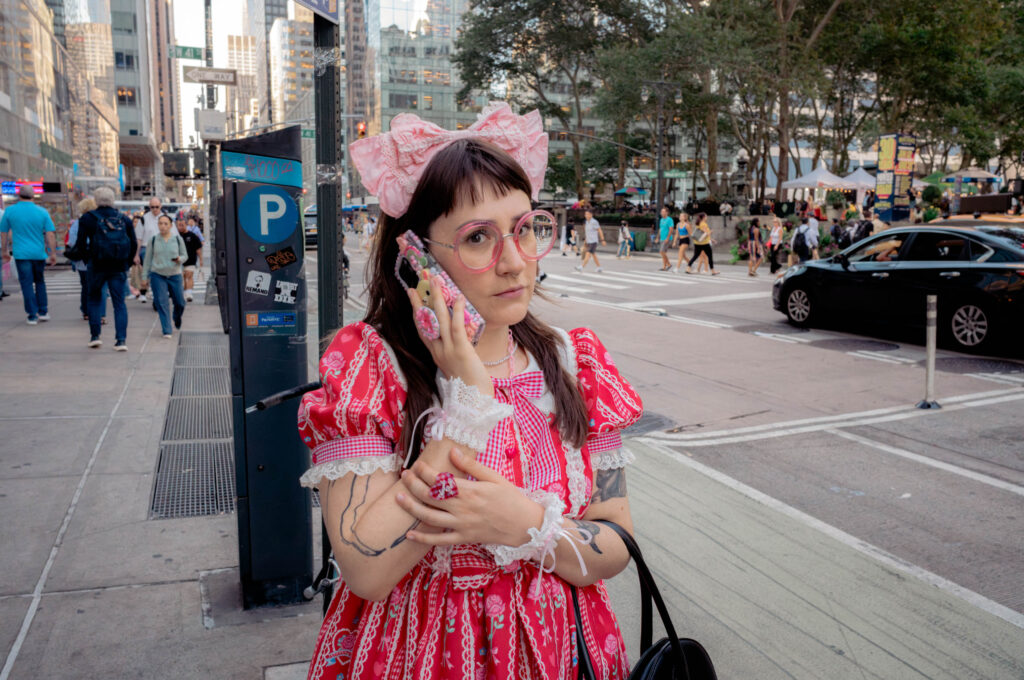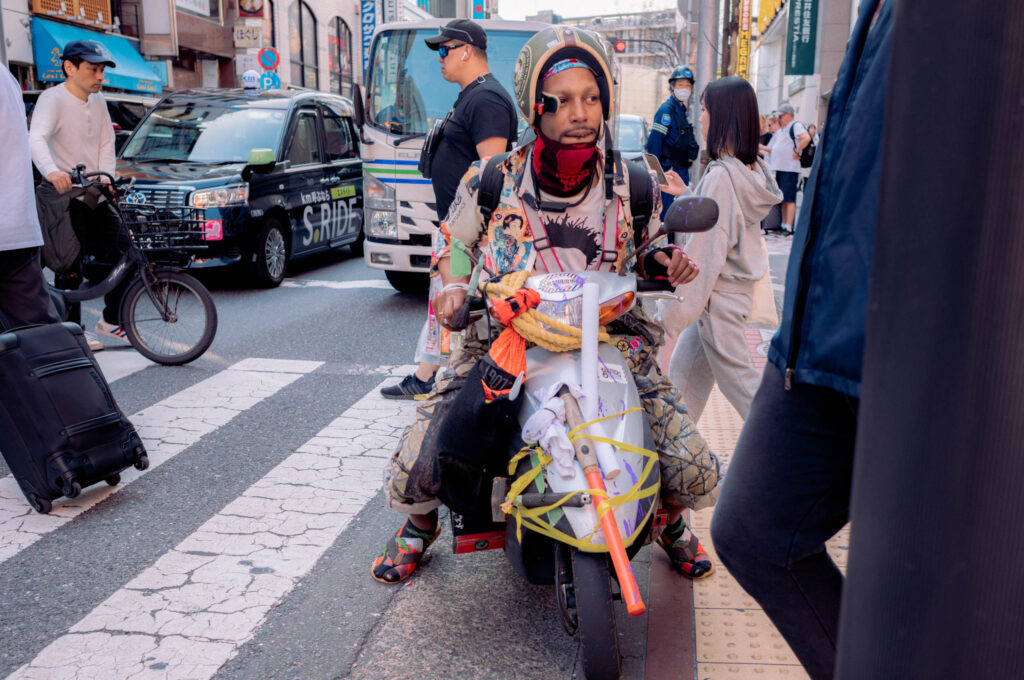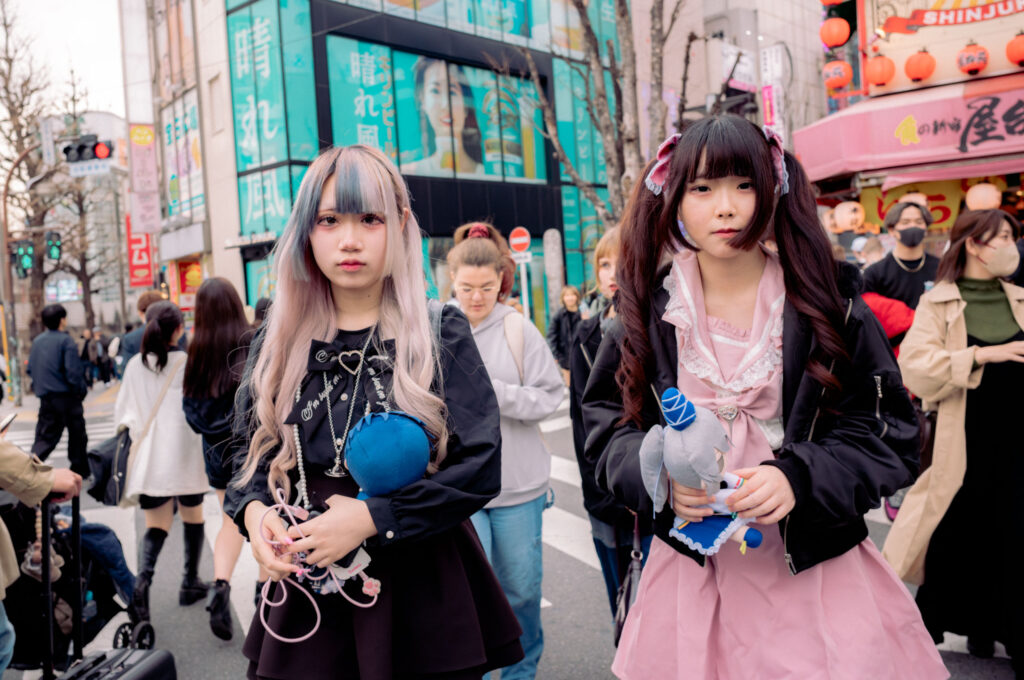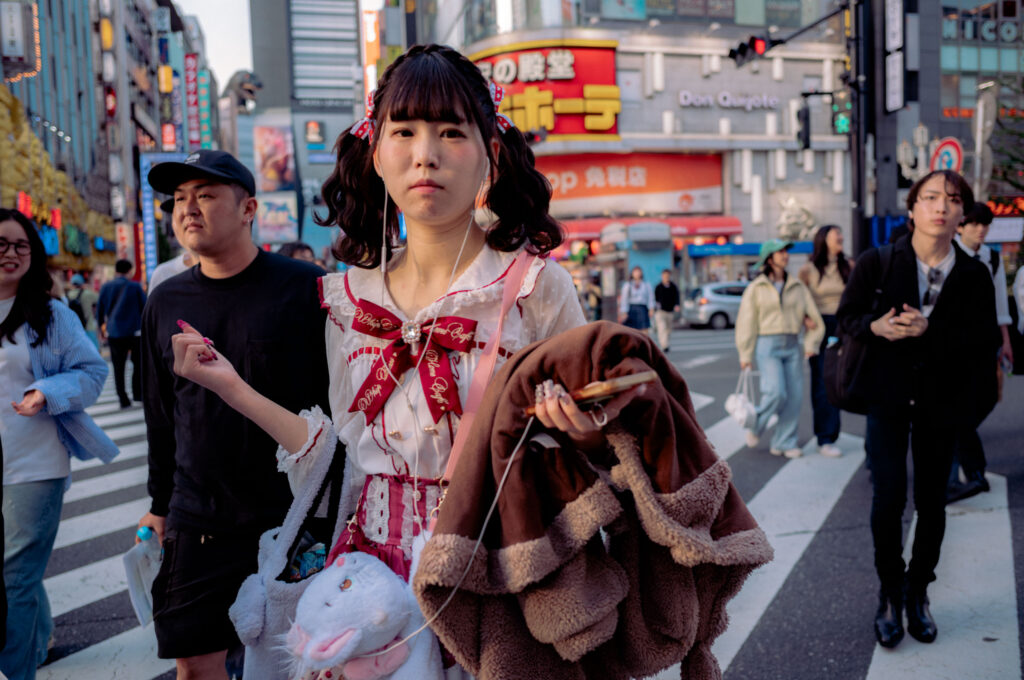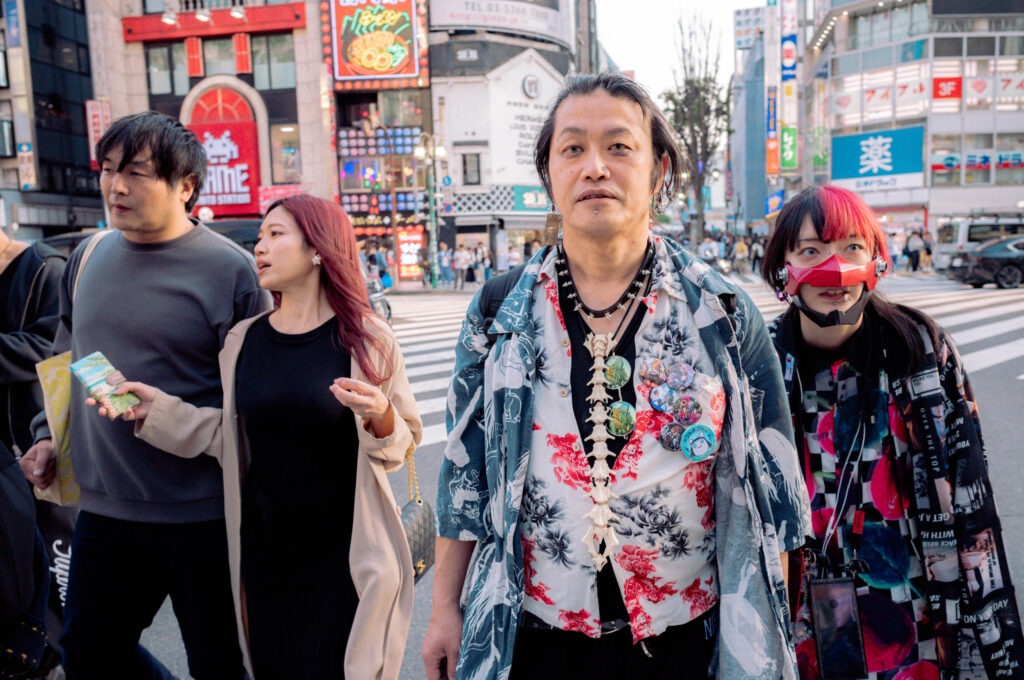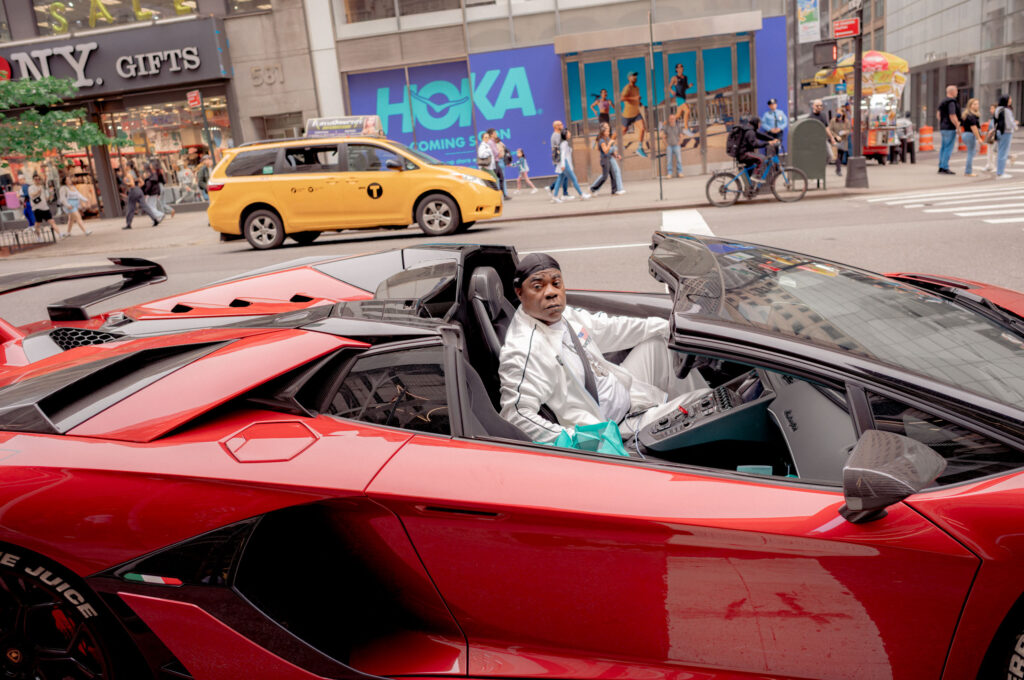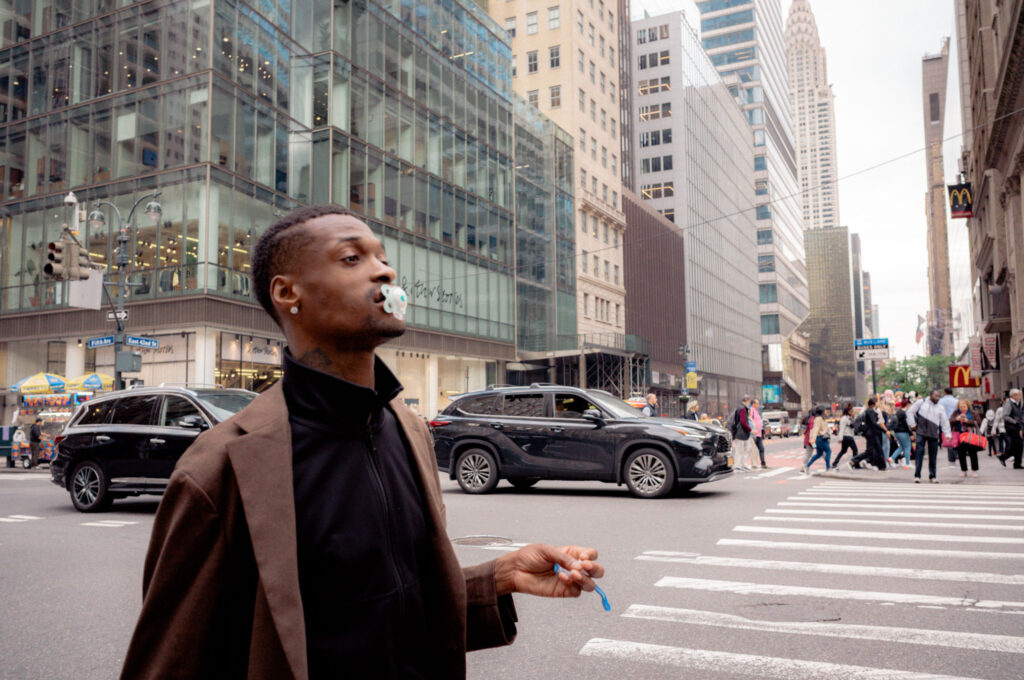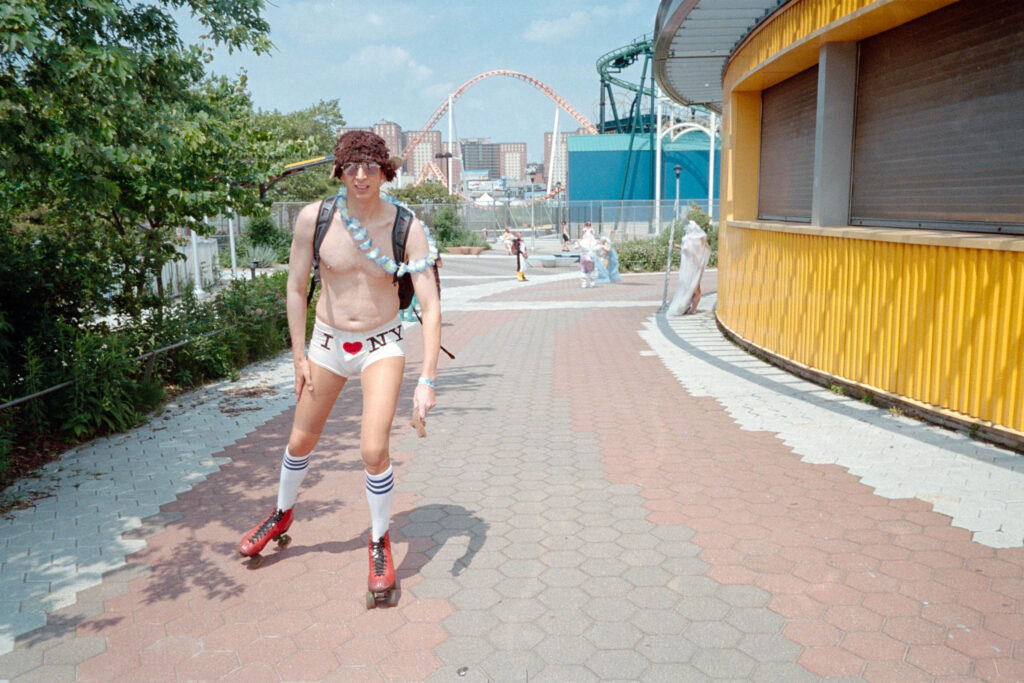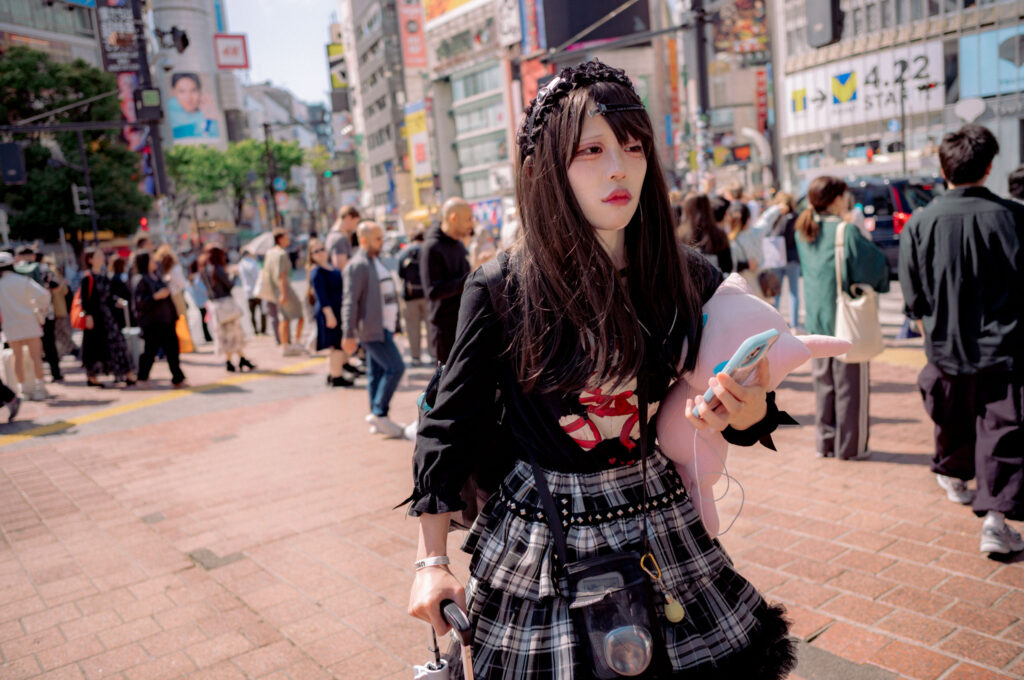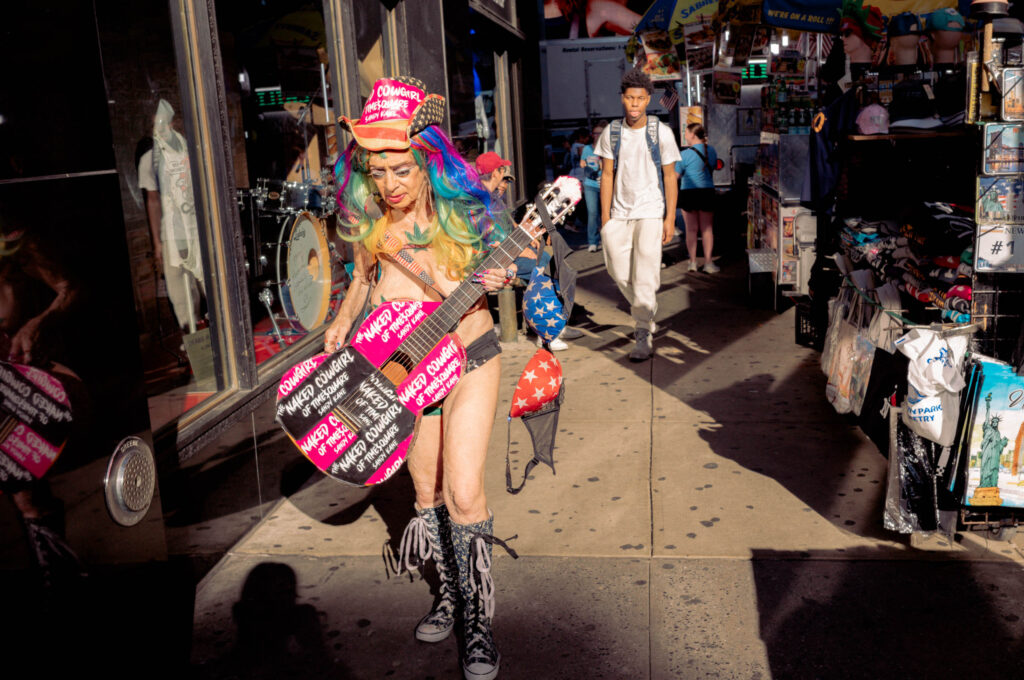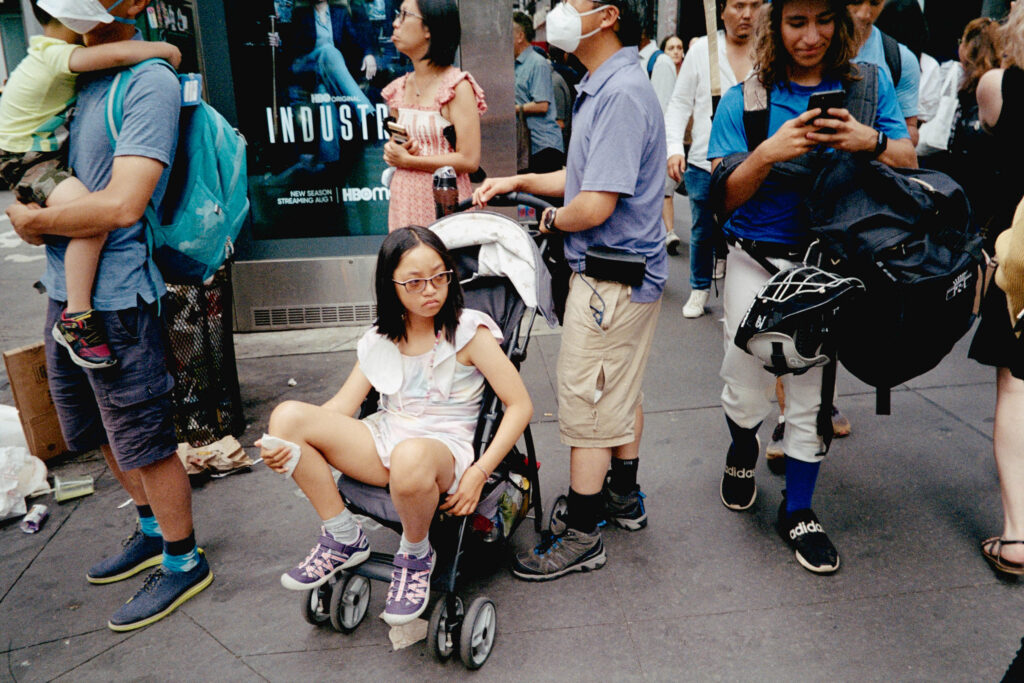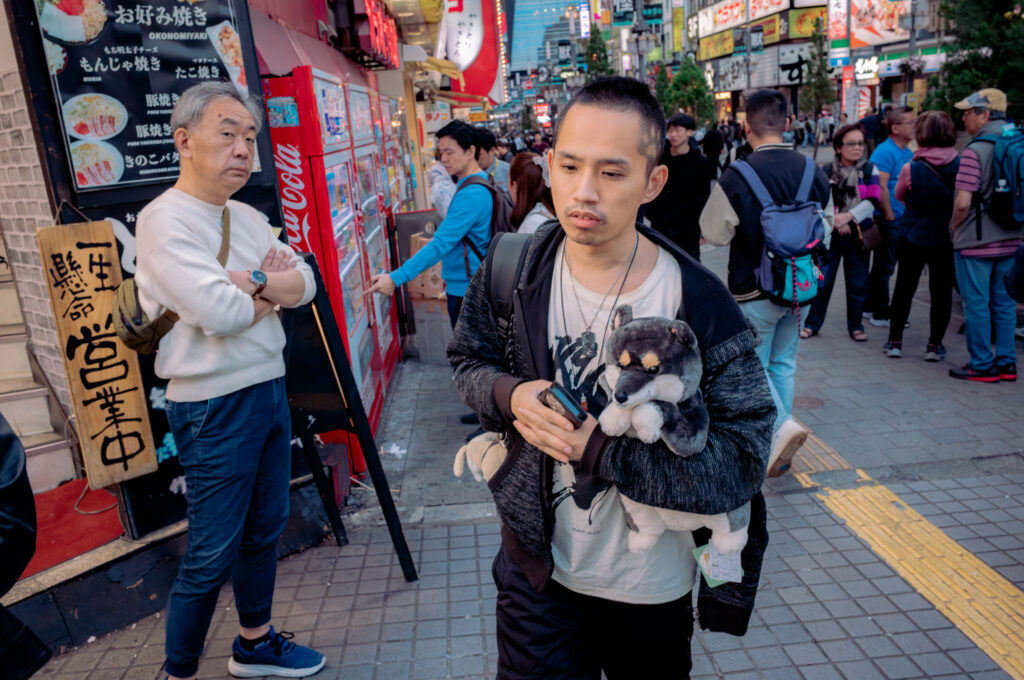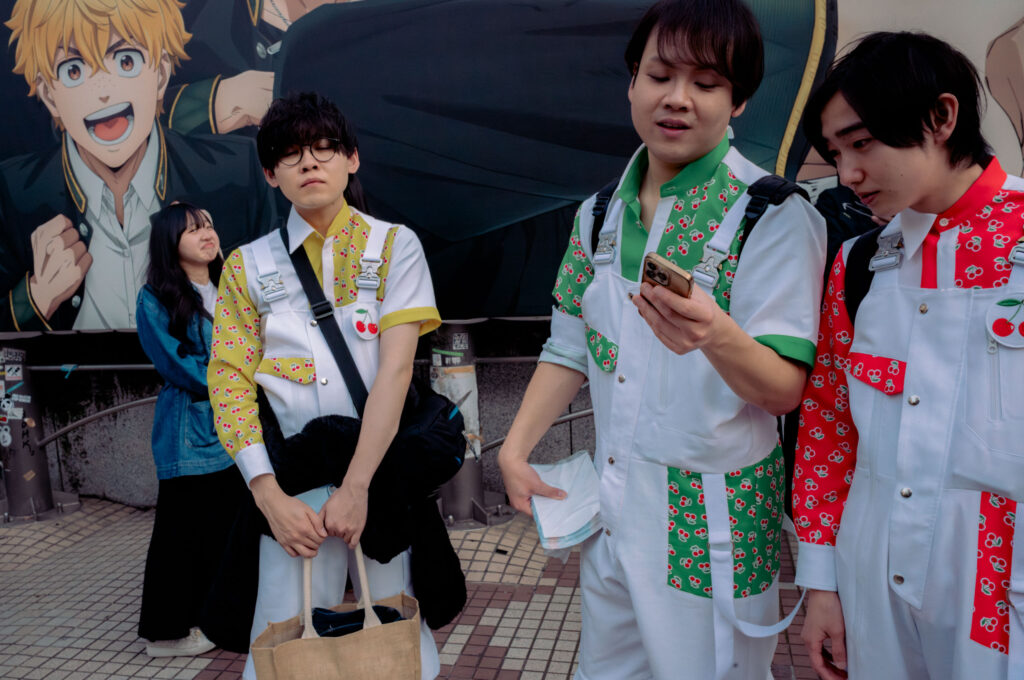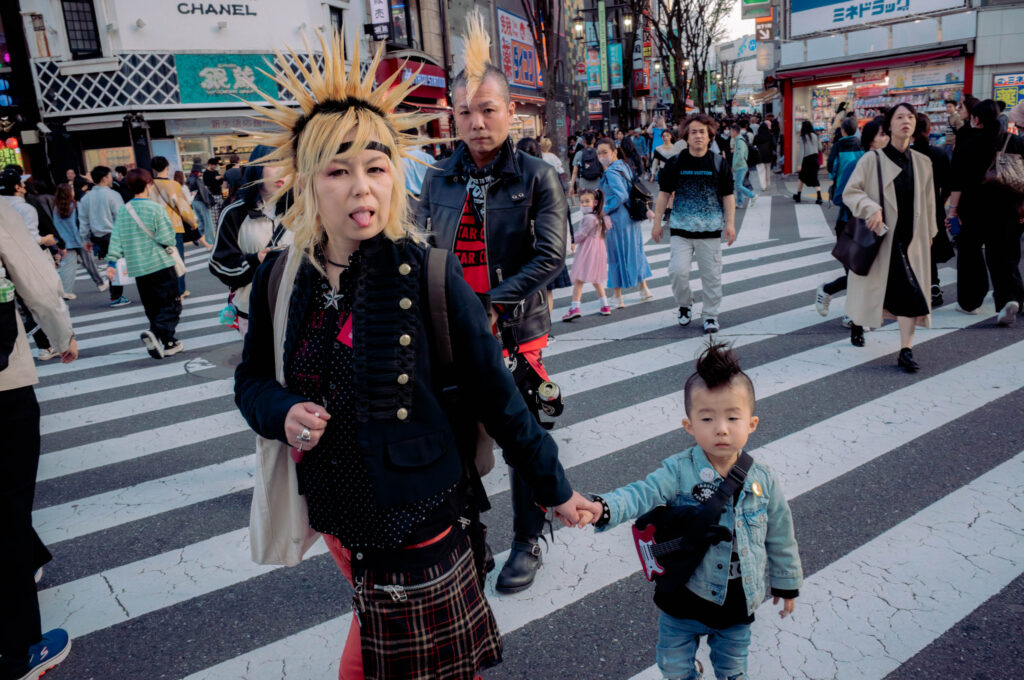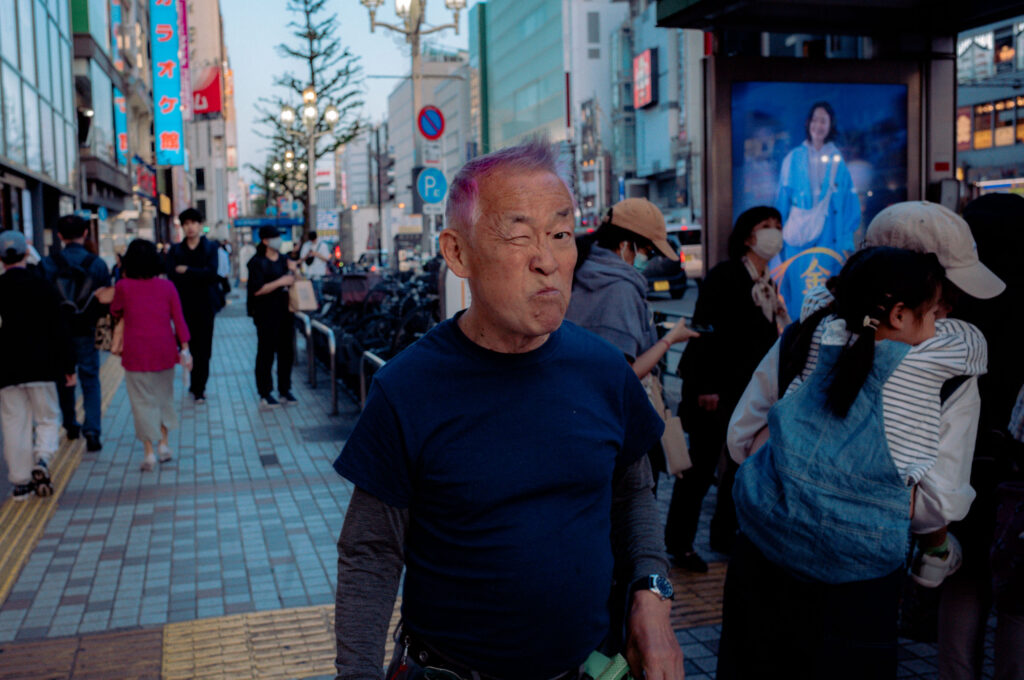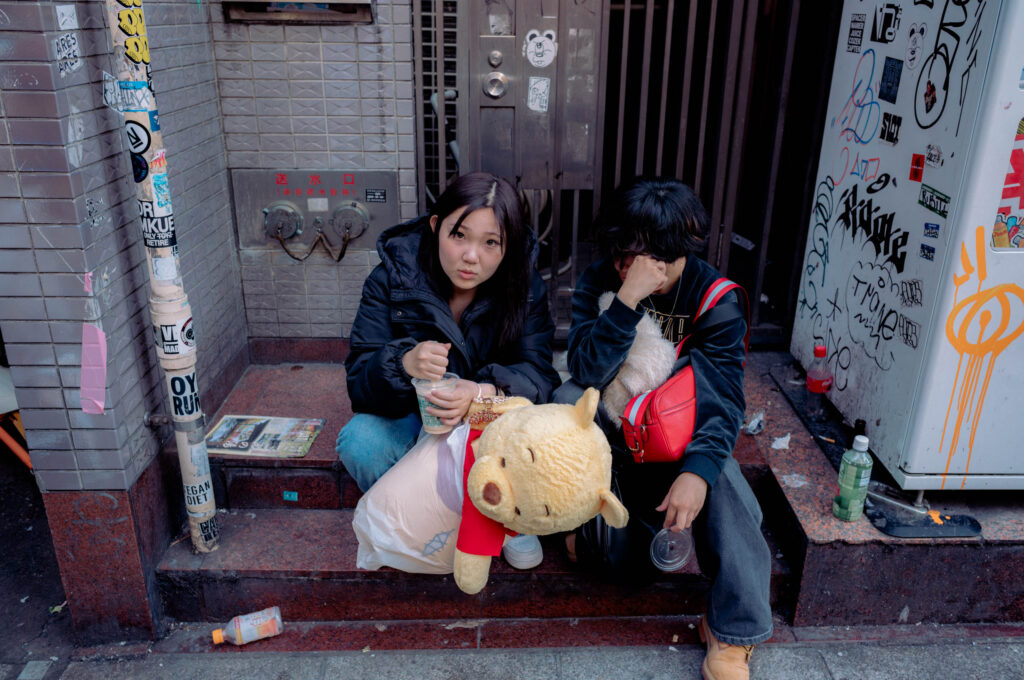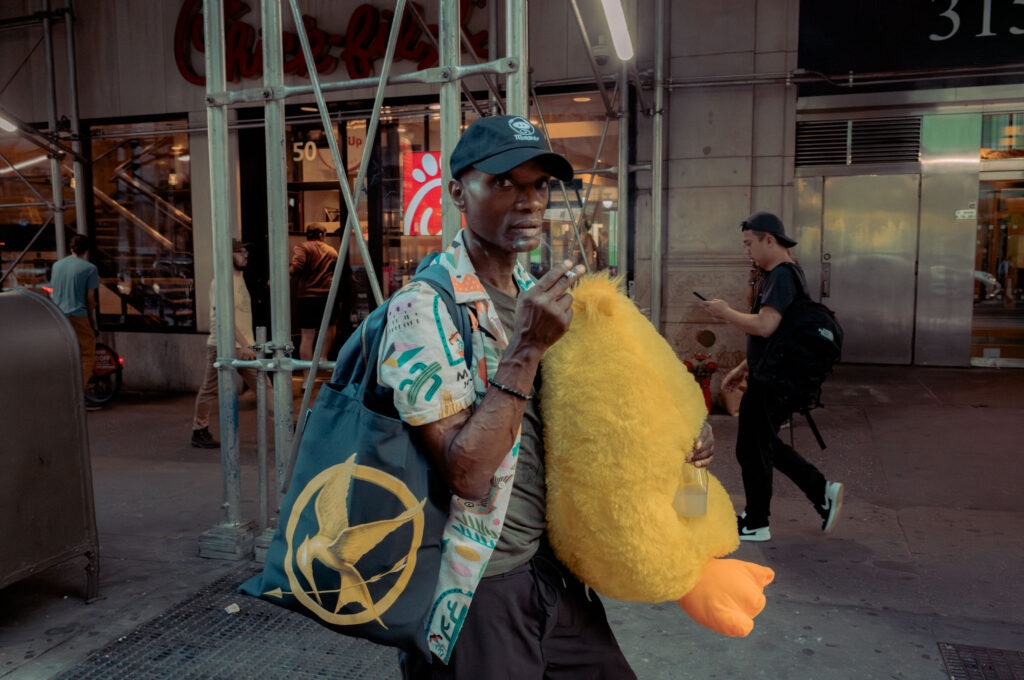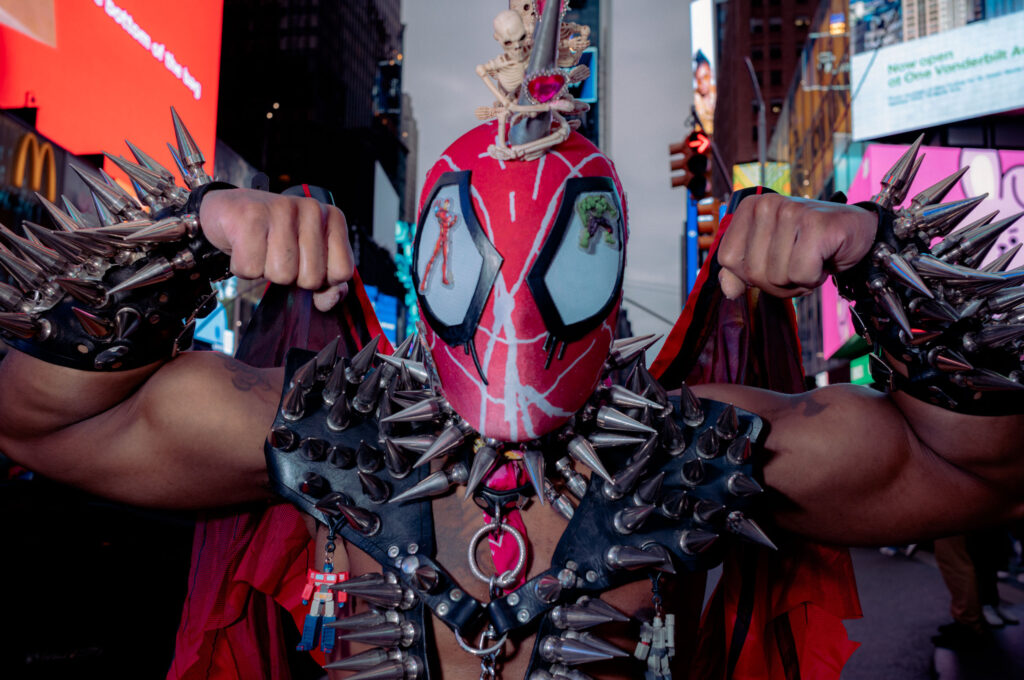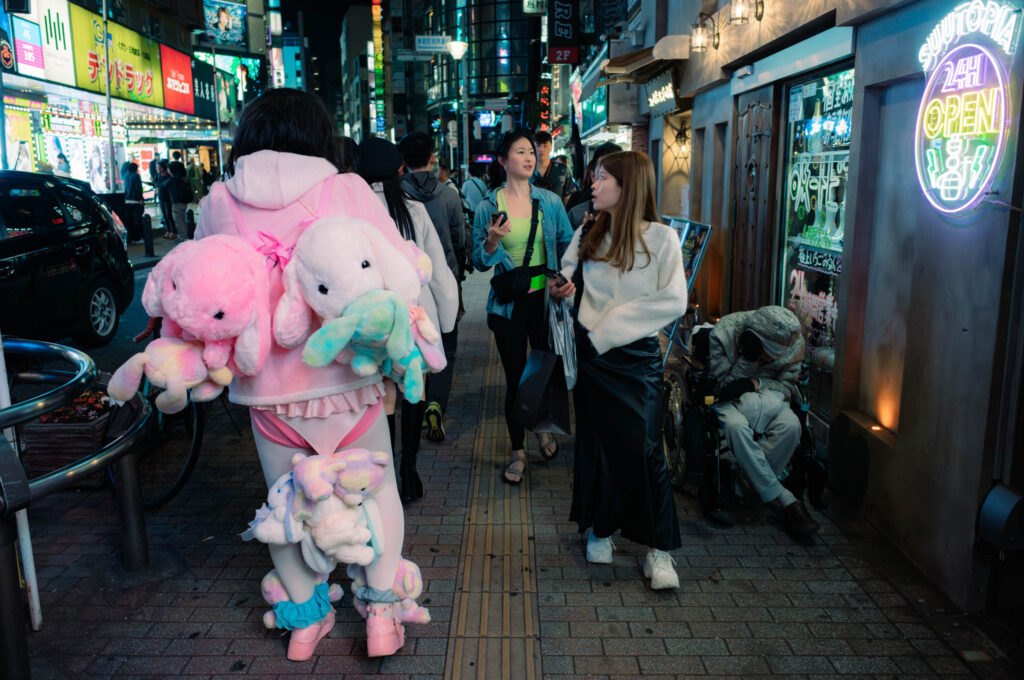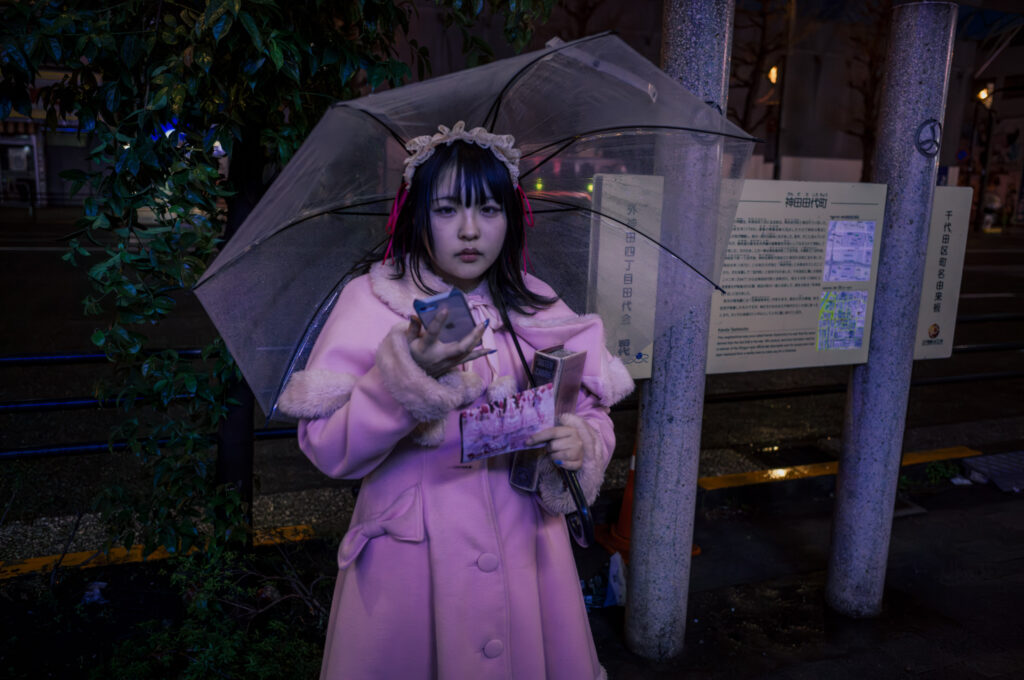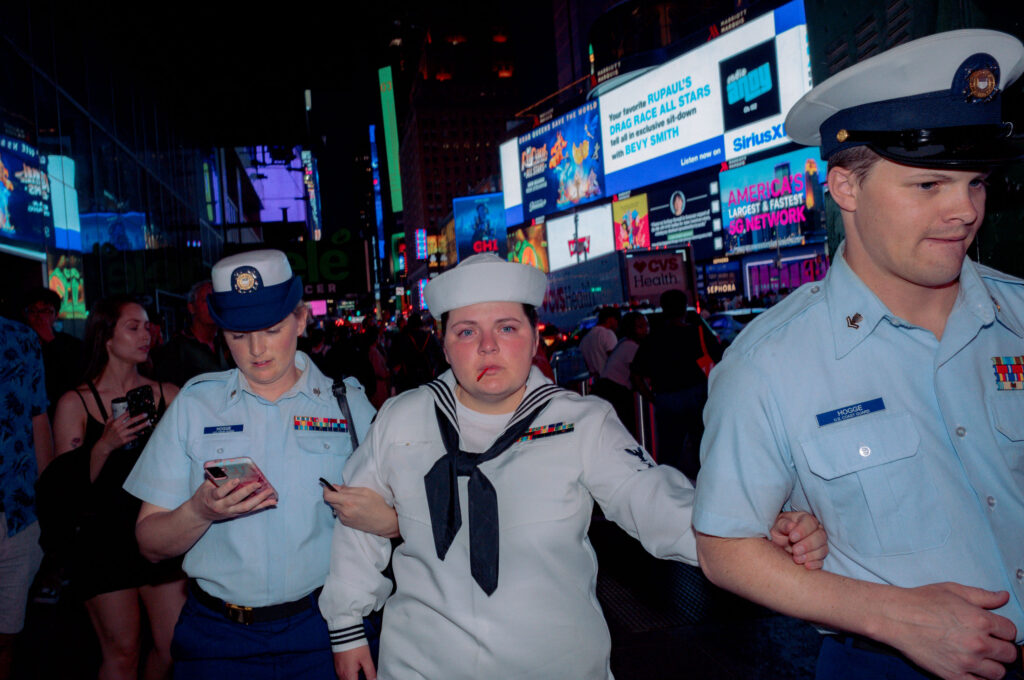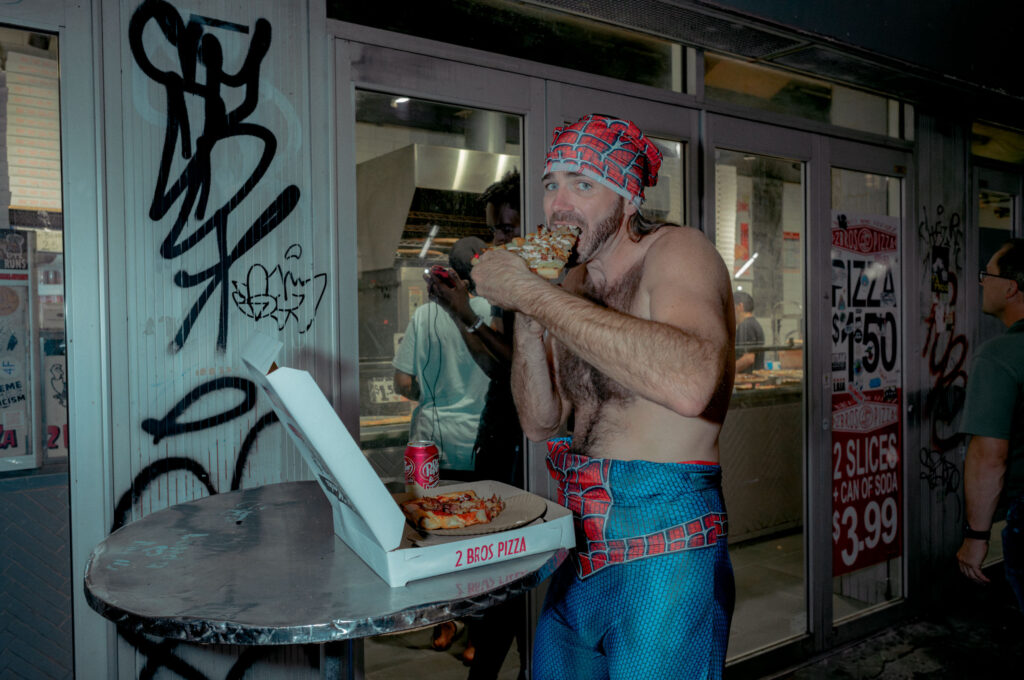Puer Aeternus
A meditation on the desire to keep childhood’s freedom alive.
This series locks onto the Puer Aeternus, that slippery Jungian figure who refuses the gravity of adulthood and clings to the mythology of endless becoming. Peter Pan is the obvious reference point, but the work isn’t interested in fairy tales. It’s hunting for that archetype’s fingerprints in real time, on real streets, where people perform their refusal to settle or solidify.
The tension the work captures is this: the Puer offers freedom, play, and a kind of electric openness to possibility. But that same energy curdles into stagnation when it avoids consequence or commitment. These images don’t moralize about who’s stuck or who’s liberated. Instead, they frame urban space as a stage where this archetype cycles through its performances. Skaters, drifters, late-night wanderers — anyone living in the conditional tense of not yet rather than the declarative now. The photographs work towards a portrait of collective restlessness. A refusal to land that feels both exhilarating. Maybe at times — exhausting. The Puer’s shadow isn’t vilified here. It’s recognized as part of the package, woven into the same impulse that keeps us reaching for reinvention.
What makes the series stick is its acknowledgment that we all carry this archetype to some degree. The lure of perpetual beginning, the fantasy of staying unformed and therefore unlimited. Big cities amplify this because they promise constant renewal, endless options, the ability to remake and reinvent yourself with every move. The work asks whether that promise liberates or traps us, and intentionally leaves the question hanging.
